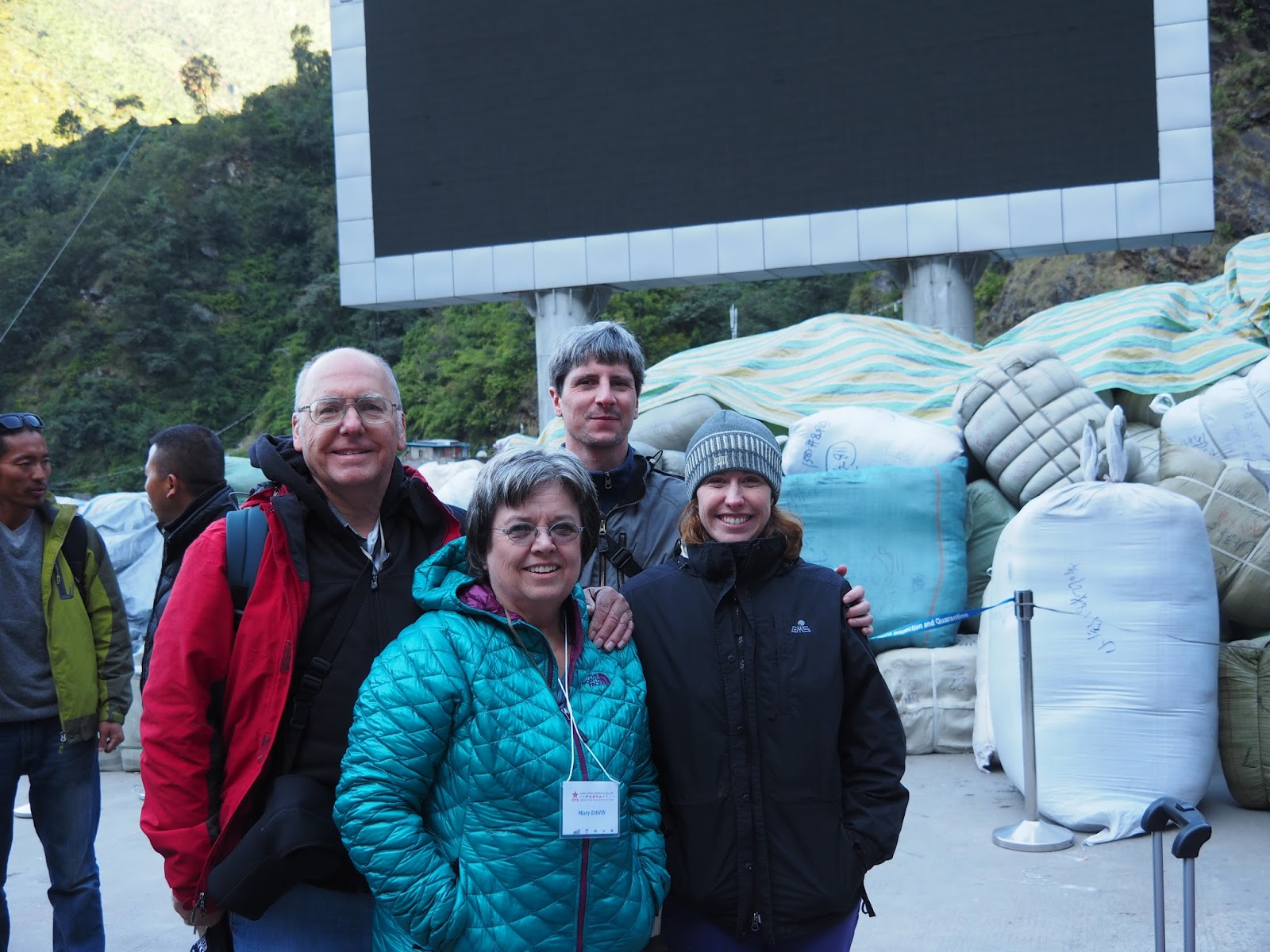Please see Instructions and Tips.
To view a list of all of our travel blogs and slide shows, or if you want to subscribe or follow us please go here:
http://vacations-pm.blogspot.com
We hope you enjoy reading our blog.
----------------------------------------------------------------------------------------------
This blog (Nepal) is one of four for our trip to Asia to Tibet, Nepal, Bhutan, and India.
The entire trip involved lots of being driven in cars/vans, around 2,000 miles driving between cities. Not counting numerous driving trips around the cities and surrounding areas to visit attractions.
All the Nepal sites were very good. Some extra special places:
The Walk from south of Thamel to Durbar square in Kathmandu
Sarangkot (view of Himalayas)
Flight along the Himalayas
Specialty Albums (Blog photos that fit the category, plus other photos.):
Animals
Flowers
Getting around
Nagarkot
People
Sarangkot
Streets, Markets, and Shops
Temples, Stupas, and Shrines
Slide show of photos in this blog:
Blog photos
To view a list of all of our travel blogs and slide shows, or if you want to subscribe or follow us please go here:
http://vacations-pm.blogspot.com
We hope you enjoy reading our blog.
----------------------------------------------------------------------------------------------
This blog (Nepal) is one of four for our trip to Asia to Tibet, Nepal, Bhutan, and India.
The entire trip involved lots of being driven in cars/vans, around 2,000 miles driving between cities. Not counting numerous driving trips around the cities and surrounding areas to visit attractions.
All the Nepal sites were very good. Some extra special places:
The Walk from south of Thamel to Durbar square in Kathmandu
Sarangkot (view of Himalayas)
Flight along the Himalayas
Specialty Albums (Blog photos that fit the category, plus other photos.):
Animals
Flowers
Getting around
Nagarkot
People
Sarangkot
Streets, Markets, and Shops
Temples, Stupas, and Shrines
Slide show of photos in this blog:
Blog photos

















































-b.JPG)








 Next
Next